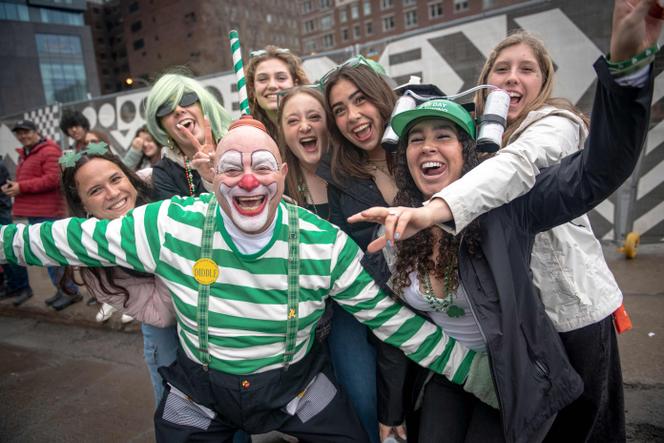


Hordes of revelers dressed in green, sporting hats, shamrocks and fake ginger beards: These images flood the media every year, bringing a much-needed touch of joy to the news. Celebrated on March 17, Saint Patrick's Day is far more famous than the medieval saint whose name it bears, and whose death it commemorates. On this public holiday in Ireland, millions gather not only in the land of the shamrock but also in the United States, particularly in Boston, New York, and Chicago, where the Irish diaspora is especially prominent.
St. Patrick's Day is also celebrated in most of the world's major cities, where it's not uncommon to get together with friends, at the very least, to drink to the occasion – often a beer and often Guinness, the emblematic Irish ale. The city of Paris even dedicates an entire section on its website to ways of honoring Ireland's evangelist in the French capital. But who really was Saint Patrick?
"Patrick is a special case from the Early Middle Ages in Europe, as he is one of the few figures to have left us writings [Confessio and the Letter to Coroticus, probably addressed to a fifth-century British kinglet]," Gwendoline Lemaître, author of a thesis on the links between Irish paganism and Christianity in the Middle Ages, told Le Monde. "His writings provide a counterpoint to hagiographies, the oldest surviving examples of which date back to the seventh century."
You have 84.5% of this article left to read. The rest is for subscribers only.
